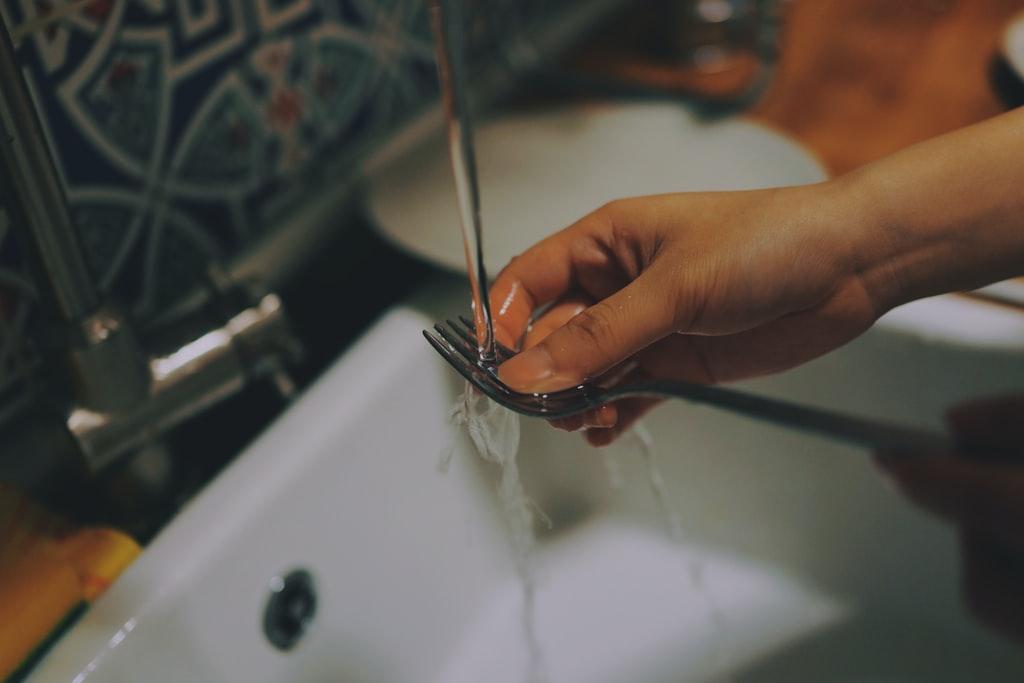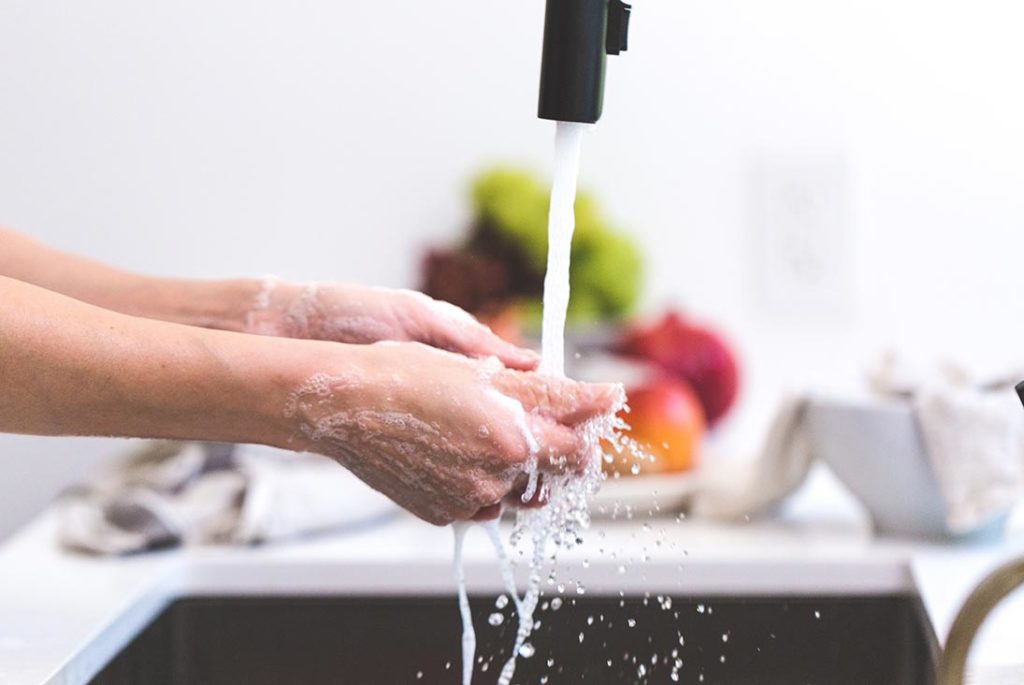We challenge you to ask your friends and loved ones what first comes to mind when you say the word, “meditation.” For many, overly spiritual images of monks sitting in robes or strict yogis zenning out in Savasana comes to mind.
Let us be the first to tell you: meditation, in its simplest form, is beneficial for all people, not just esteemed yogis. Here is a guide on how you can incorporate mindfulness in entirely ordinary moments, for example, while washing the dishes, driving or even walking with your dog.

“But I Don’t Have Time for Meditation”
Meditation is seen as something only available to those who have a spiritual practice rooted in eastern philosophy, such as Yoga. Yet the definition of meditation is: “The training of attention and awareness to achieve a mentally clear and emotionally stable mind.” Thus, meditation is any practice through which we can cultivate and nurture mental clarity and our emotions.
The result of meditation is strengthening our mindfulness skills which hosts a laundry list of benefits from: sharpened thinking, improved memory, lowered levels of cortisol (the stress hormone), chronic pain management and reduced anxiety and depression.
You can think of meditation as the workout, and mindfulness being the results of the workout: the toned muscles, the weight loss, and the rush of feel good chemicals flooding our bodies.
The most common excuse for skipping or avoiding meditation practice is, “I don’t have the time.” This easy practice will help you hone in on your mindful skills in life’s most minute moments.

Dish Washing Meditation
This meditation practice can easily be incorporated into your day regularly as you go about your daily chores. Try this the next time that you have a pile of dirty dishes:
1. As you stand in front of the sink, notice any emotions that arise and allow them to come and go without judgment and without feeling the need to push them away or latch onto them. Just observe them.
2. Turn on the water. Take in the sensation as you let it run over your hands. Notice the temperature. Listen to the steady flow as it meets the basin below.
3. As you squeeze soap into the water collecting below or onto a dish, inhale fully and see if you can smell the scent of the soap. Is it a pleasant smell? A neutral smell? Exhale completely.
4. When you pick up a dish, notice the texture. The weight. Continue inhaling and exhaling. Observe how the suds feel when they come in contact with your skin. Check back in with your feelings. Do you feel productive? Bored?
5. Notice how some dishes take a bit more strength or energy to clean than others. Check in with the muscles that activate. If they feel tight, simply bring your focus to them as you continue breathing.
6. You might notice a lot of thoughts and judgments arising about your dislike for dishes, your boredom or even your frustration that you can’t even focus on dishes for a few minutes. Accept whatever comes and know that these thoughts are normal. Let them come and go.
7. Think to yourself that dishes are a result of food, an essential that not all people have access to. Smile and say thank you. How does it feel to smile? To reshift your thoughts in this way?
By reframing an ordinary chore or task, you step out of autopilot and reconnect with yourself, allowing an opportunity to feel grounded and present as opposed to having your attention yanked in a hundred directions, which leads to stress and dissociation.



